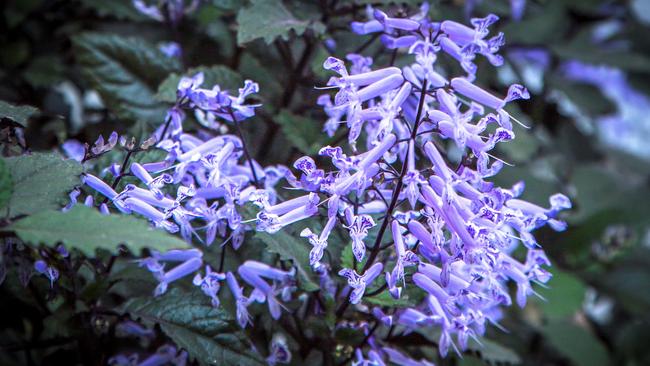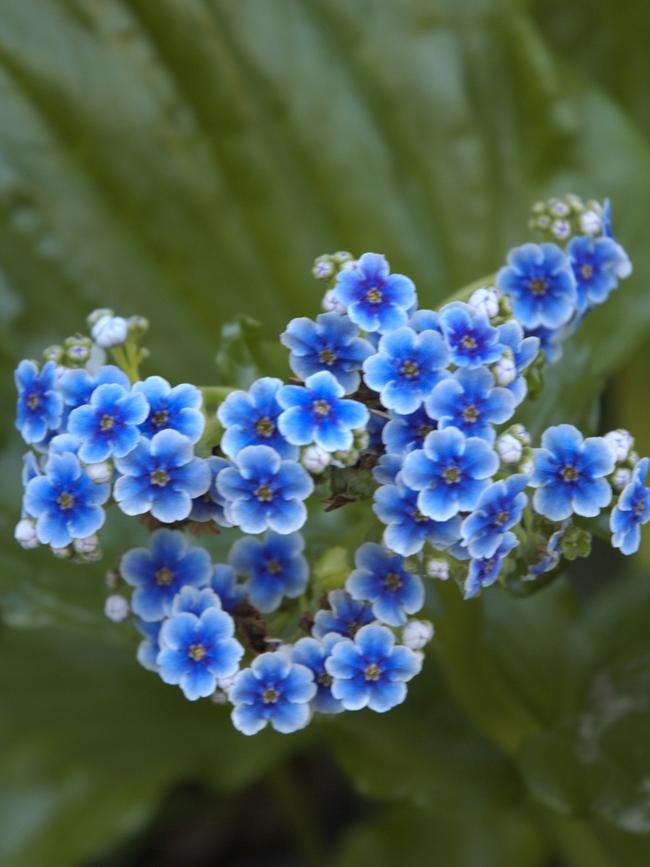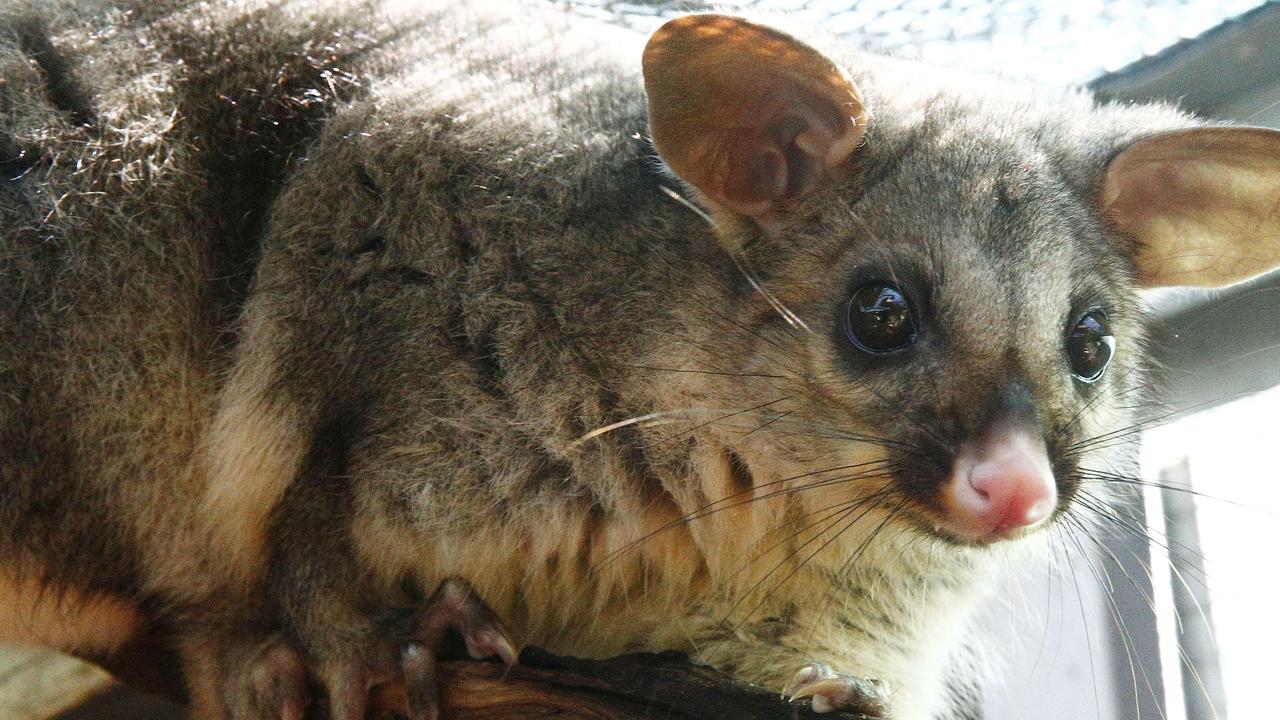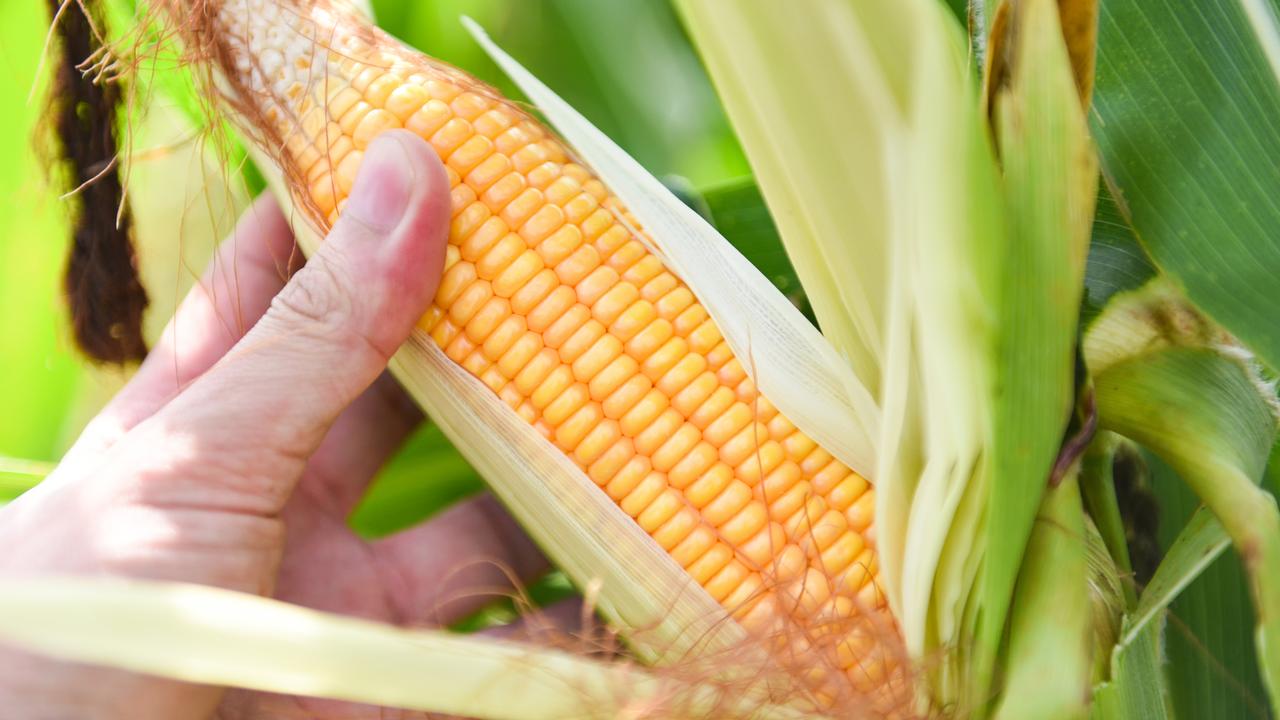Tony Fawcett’s picks and advice for the shady spots in your garden
Are you looking for plants and flowers that will thrive in the shadier spots in your garden? Here are some great options for those tricky areas.

CHECK the plant labels at your local garden centre and I’ll guarantee the majority advise planting in a sunny position.
That’s just how it is. Most plants need a good hit of sunlight for photosynthesis, to produce food sugars to keep them thriving.
But what if you don’t have a sunny position? What if your garden is shrouded in shade? What can you plant down the shady south side of a house, or where mature trees block out light?
This is where a few shady characters come into play.
There aren’t many of these shady characters about, but thankfully enough exist to solve most problem sites.
One of the best I have come across is the fast growing, shrubby yet compact Plectranthus Mona Lavender. It’s got nothing to do with those popular lavenders many of us grow, but it does have attractive lavender coloured flower spikes through summer and autumn.
An added attraction is the distinctive wine-purple coloured undersides of its deep green leaves.
This plectranthus can be a lifesaver where the going gets dark, although it also appreciates some dappled light to aid flowering.
Developed in South Africa and also called spurflower, it has made its mark in many shady local gardens, generally getting to about 80cm high.
So popular is it in gloomy English conditions, that country’s prestigious Royal Horticultural Society granted it an Award of Garden Merit.
Some others worth considering are:
CLIVIAS
ANOTHER tough South African performer, it grows to 60cm with showy orange (sometimes red, yellow, cream or white) flowers toward the end of winter.
Tailor-made for dry shade, it boasts red berries, glossy dark green strappy leaves, tuberous roots and, best of all, is not too fussed about soil quality.
Give it a few drinks of water over spring and summer and it’s happy, but avoid over-watering as it can suffer rot. The best regimen is to allow soil around it to dry out between waterings. It needs several weeks of cold weather to prime its flowering mechanism.
Being named after the granddaughter of Robert Clive, aka “Clive of India”, the ‘I’ in clivia is pronounced as you would the ‘I’ in ‘jive’.

CHATHAM ISLAND FORGET-ME-NOTS
AMONG my all-time favourites, these delicate beauties — with their brilliant glossy and large bright green leaves and cute-as blue forget-me-not flowers — are at home in cool, moist-ish shade areas.
From southern New Zealand’s Chatham Islands, where they grow naturally just above the water line, they can be temperamental, but are ones to treasure.
I grow them in a shady spot that gets a small amount of morning sun, yet even then they sometimes object — and snails and the like go crazy over their lush leaves, so protection is needed.
HOSTAS
FAVOURITES in many of Europe’s best known gardens, these remarkable, big-leafed shade-lovers, also called plantain lilies, are at home in moist, shady spots in Australia, particularly around water features. They need good rich soil and generally the darker green leafed varieties perform best in shade.
BERGENIAS
IDEAL for borders in full-shade areas, they are standouts with large glossy green leaves about 10cm wide. One of the most reliable is Bergenia cordifolia, which is frost tolerant and produces pink flowers in winter.
AJUGA REPTANS
VARIOUSLY known as bugle or blue bugle, these herbaceous plants make ideal ground covers for shady areas under taller-growing plants such as roses. With dark green, purple-tinged leaves and a spreading habit, they put out runners that spread across the soil, producing purple flower stalks in spring.
NATIVE VIOLETS
SOMETIMES overlooked by gardeners, matting native violets, with their kidney shaped leaves and delicate white, mauve-centred flowers, cope with a little sun, but are most at home in shade. Botanically Viola hederacea, they appreciate regular water when establishing, but cope well in drier conditions later.


